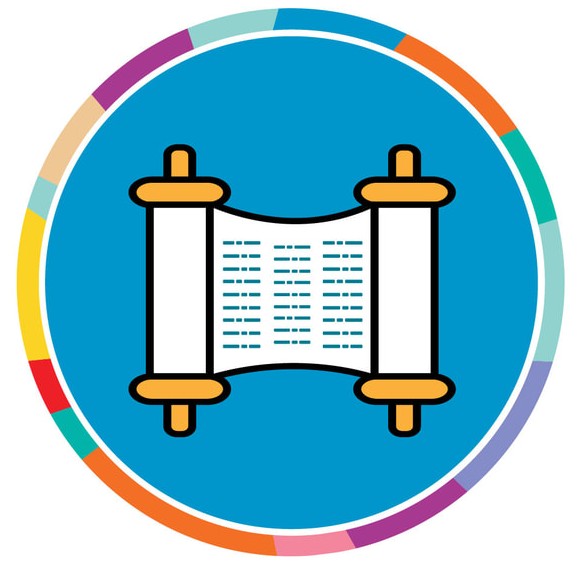 Last month, we celebrated Purim, whose essence is encapsulated in the verse from the Book of Esther: “The enemies of the Jews had hoped to dominate them, but it all turned around, נהפוך הוא, and the Jews ended up dominating their enemies” (Esther 9:1). Indeed, Purim teaches us that things often turn out to be their own opposite.
Last month, we celebrated Purim, whose essence is encapsulated in the verse from the Book of Esther: “The enemies of the Jews had hoped to dominate them, but it all turned around, נהפוך הוא, and the Jews ended up dominating their enemies” (Esther 9:1). Indeed, Purim teaches us that things often turn out to be their own opposite.
For example. The Hebrew month of Adar concludes the biblical yearly cycle thus we begin the new year on the next calendar month of Nissan. However, everybody knows that the year ended six months ago on the Hebrew month of Elul leading to the New Year on Tishrei and the High Holidays. Are we at the start or in the middle of the year? Indeed Topsy Turvy, נהפוך הוא. Additionally, the Biblical first month of the year, Nisan, during which we celebrate Passover, marks another kind of beginning: the Jewish people’s journey to freedom.
Furthermore, Passover itself is merely the first step in a gradual, seven-week process, of preparation that culminates with the giving of the Torah at Mount Sinai. This weeks-long ritual process is called Sefirat HaOmer, counting of the Omer. At Sfirat HaOmer’s conclusion, on the holiday of Shavuot, we commemorate receiving the first Tablets of the Ten Commandments. But the people are not yet truly ready, thus the Tablets are shattered during the famous incident of the Golden Calf. A hundred and twenty days later Moses descends again from Mount Sinai with the second set of Tablets on the holiest day of the year, Yom Kippur. A couple of months later, On Hanukkah, we once again lose our way and our Temple to Hellenization. Eventually we rededicate and sanctify both. Come full yearly cycle and here we are once again at Purim where we started. About Purim the Talmud says: “They reaccepted the Torah in the days of king Ahashverosh, as it is written: ‘The Jews confirmed and accepted upon themselves – קימו וקבלו'” (Talmud, Shabbat 88a). In other words, the Torah was indeed given on Shavuot when the people had not yet been ready to fully accept it. It took about thousand years until the days of Mordechai and Esther for the Jews to fully and freely embrace the Torah.
What does the evolutionary trajectory of the Jewish yearly cycle teach us about the core meaning of Passover? It teaches the spiritual imperative for a Fresh Start. To truly begin anew, we must rid ourselves of old attachments. We must let go of our enslavement to yesterday’s ideas in order to receive the new “Tablets” of tomorrow. We had to lose the Temple to Hellenization in order to rededicate it to its true purpose. We had to leave behind the food-security of Egypt in order to reach the land of milk and honey. On Purim, we reaccepted the Torah that we had shattered on Shavuot, קימו וקבלו. In order to start fresh on Passover, we must first hang Haman on Purim. In fact, this is the deeper meaning of our ancient practice of ridding our physical spaces as well as our souls of Hametz, חמץ, leavened “bread”. We must release the past to avail ourselves for the goodness awaiting us in our future.
It is incumbent upon us to recognize the power of starting completely fresh. A fresh start in our personal lives, in our communities’, with our people – the Jewish people, and a fresh start for our ailing world.
As the first Chief Rabbi of Israel, Rabbi Kook, wrote: “The old shall be renewed, and the new shall be sanctified”, ״הישן יתחדש והחדש יתקדש״. We must believe that all is destined to turn-around on its face נהפוך-הוא, and yesterday’s undesired Hametz, חמץ, will transform into tomorrow’s Holiness. Especially during times of adversity, the message of the first holiday of the biblical calendar, Passover, is poignant – the spiritual imperative of choosing a fresh start.



